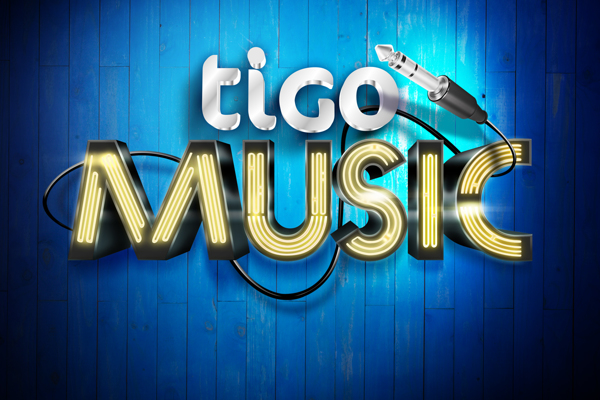So I took the plunge. I have finally converted my Nokia X to a complete Android phone.
Not only did I root my Nokia X, I also wiped off the default X Software Platform and replaced it with Vanilla Android. Why would anyone do something that crazy, you might ask, when there’s the easier option of buying a proper Android phone?
Because I can
Admittedly, the primary reason why I’m doing it is because I can. I could have chosen to just root, install Google Play Services and carry on with the laggy UI. But I am choosing not to. I like to always have options. Options are good.
Better Android app experience
Only a small percentage of Android apps have been properly ported to the Nokia X platform. And while Nokia assures you that 75% of unported apps will work just fine on the Nokia X, the experience is just not the same.
Take WhatsApp for example, it hasn’t been officially ported to Nokia X (surprise). So you have to install it from the wild – apk sources around the web, or by installing 3rd party app stores like 1Mobile market on your Nokia X. But the most recent version won’t work so you have to go like 4/5 versions behind. Also, due to inconsistencies with Nokia X push notification API (which is why porting is necessary), notifications don’t always come in properly for unsupported apps. More often than not, I miss messages until you open the app.
And that’s just one unported app. There are tons of unported apps out there producing undesirable experiences on the Nokia X
Google services
This is the most obvious reason. Although I have honestly managed to get by somehow:
I’ve been forced to sync my contacts with my Live account, but not before I had to transfer my Google Contacts to my live account. There’s actually a workaround for using Google Contacts sync on the Nokia X without having to root it. But I never bothered trying it. It’s free, in beta and the paid version costs ~ $3. I didn’t think I was ready for such a commitment when I can the original from the source for free.
Gmail was easy to setup but there’s no support for Google Apps mail. I remedied that by replacing the stock email with K-9 Mail. Easy as pie.
But I was still missing Google Drive (which I depend heavily on and Google Maps. I tried sideloading Google Drive once but of course, it didn’t work. And while the Nokia X has a worthy alternative in Here Maps, I much prefer the Google Maps experience.
Of course, developers have already found a way to install Google Services right unto the Nokia X Software platform. But the thing is, as long as the OS running is Nokia’s ROM, there always be some issue of unported apps not working properly. Better to just make it a complete Android phone.
The Nokia X UI
I actually love the Nokia X UI. Or at least, the idea of it. The implementation, not so much. The Lumia-like primary homescreen starts to lag after only a couple of weeks. I am now accustomed to getting the “please wait” error message every single time I switch from an app to the homescreen. The secondary homescreen – Fastlane – isn’t any better. You see, the Fastlane experience on the Nokia X pales in comparison with Fastlane on Asha series. It is not nearly as functional and there tends to be a lot of lag and delay every now and then.
Again, love, love the idea of the UI, I just don’t dig the implementation.
(Hopefully) improved performance and battery life
I believe poor Nokia X UI implementation is partly responsible for the non-exemplary battery life. I can’t see any harm in trying other options. And if I don’t like it, I already backed up the Nokia X ROM so I can always load it back up like nothing happened.
If you own a Nokia X and can’t make up your mind whether to do root and/or flash it, you might want to first consider what it is you really want. If all you’re after is better Google Contacts and Mail integration, there are apps for that – K-9 Mail and CardDAV. But if you’re a Google addict like me and you feel like you may want a little more, then maybe rooting and flashing is for you. Just be aware that you are doing it at your own risk, and I can’t be responsible for any of your screw ups.
That being said, there’s a really detailed and easy to follow guide over at bits.ng.




















